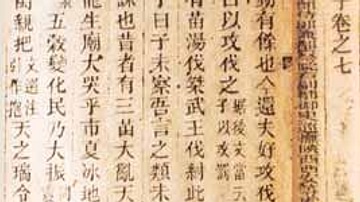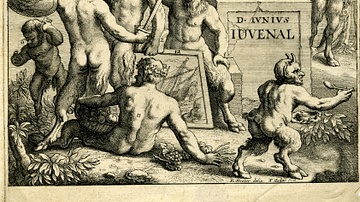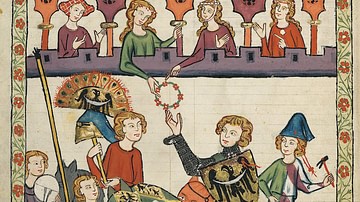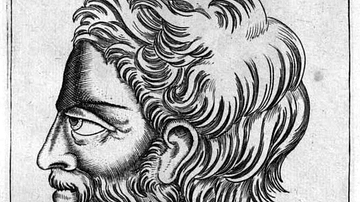Search
Remove Ads
Advertisement
Summary 
Loading AI-generated summary based on World History Encyclopedia articles ...
Search Results

Video
Writing Old Norse in Runes (remake/improved)
Writing in runes isn't a simple one-to-one conversion of one letter to one rune. This video shows how Old Norse was written using the runes of the Younger Futhark, and then looks at examples of real inscriptions from the Viking Age. Contents...

Video
Introduction to The Great Stupa of Universal Compassion
Description and discussion of the grand building project of the Great Stupa of Universal Compassion in Victoria, Australia, the largest stupa in the western world.

Video
The Great Stupa of Universal Compassion Unveiled in Bendigo
Bendigo is home to the largest Buddhist monument in the western world after the addition of a decorative four-metre finial on top. After 17 years, Bendigo’s Great Stupa of Universal Compassion has finally completed construction, and was...

Definition
Diogenes of Sinope
Diogenes of Sinope (l. c. 404-323 BCE) was a Greek Cynic philosopher best known for holding a lantern (or candle) to the faces of the citizens of Athens claiming he was searching for an honest man. He rejected the concept of "manners" as...

Definition
Mo Ti
Mo Ti (l. 470-391 BCE, also known as Mot Tzu, Mozi, and Micius) was a Chinese philosopher of the Warring States Period (c. 481-221 BCE) associated with the Hundred Schools of Thought (different philosophical schools which established themselves...

Image
Juvenal
Statue of Junius Juvenal on a pedestal lettered with his name, holding a scroll. Frontispiece to Robert Stapylton's Mores Hominum. The Manners of Men, Described in Sixteen Satyrs by Juvenal (London: 1660 CE). Etching after Robert Streeter...

Definition
Scientific Revolution
The Scientific Revolution (1500-1700), which occurred first in Europe before spreading worldwide, witnessed a new approach to knowledge gathering – the scientific method – which utilised new technologies like the telescope to observe, measure...

Definition
Medieval Chivalry
In medieval Europe, a code of ethics known as chivalry developed which included rules and expectations that the nobility would, at all times, behave in a certain manner. Chivalry was, in addition, a religious, moral and social code which...

Definition
Archelaus (Philosopher)
Archelaus of Athens (l. c. 5th century BCE) was a Pre-Socratic philosopher in ancient Greece who claimed the first cause of existence was the opposition of cold and heat which caused the separation of the universal essence to produce a plurality...

Definition
Emperor Xuanzong of Tang
Xuanzong (birth name, Li Longji, l. 685-762 CE, r. 712-756 CE) was the 7th emperor of the Tang Dynasty of China, whose domestic and foreign policies established the Tang Dynasty as the Golden Age in Chinese history. Many of the most important...